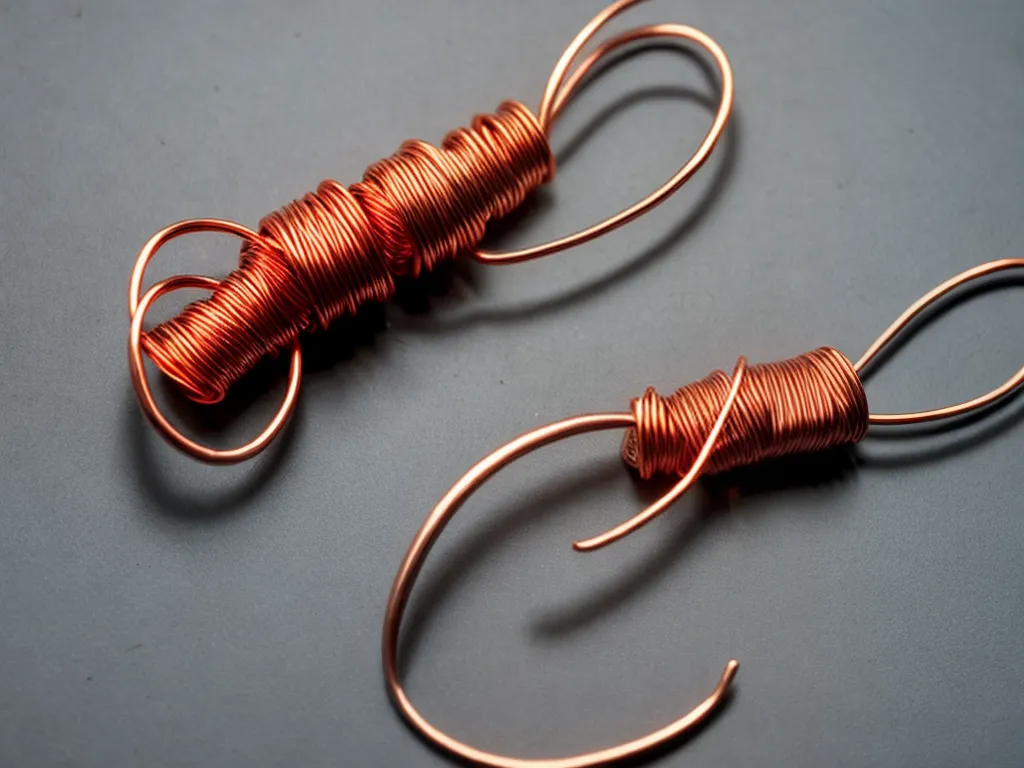
Introduction
Splicing copper wire was an essential skill in the 1800s as the use of telegraph lines expanded across the United States and Europe. Before learning how they spliced copper wires back then, it's important to understand the history and context of the time period.
In the early 1800s, electricity and magnetism were still not well understood. However, scientists and inventors were experimenting with electromagnetism and finding ways to harness it for communication. Samuel Morse developed the electric telegraph in the 1830s and 1840s, allowing messages to be transmitted over wires using a code that became known as Morse code.
The first telegraph lines were built starting in the late 1830s. But constructing and operating them required developing many new skills and techniques, including learning how to properly splice together copper wires to form continuous connections over long distances. Splicing was crucial for connecting new segments of telegraph lines as they were built between cities and for repairing breaks in existing lines.
In this article, I will explain the tools, materials, and step-by-step process telegraph operators used for splicing copper wires in the 19th century. Understanding how they spliced wires back then provides interesting historical insight into the early development of electrical and communications technologies.
Tools and Materials Required
Splicing copper wire in the 1800s was done completely by hand using simple tools and materials. Here are the essential items needed:
-
Copper wire - Early telegraph lines used iron wire, but copper became the preferred material due to its high conductivity. Wires were usually wrapped with insulating materials like cloth, rubber or gutta-percha.
-
Pliers - Used for cutting, bending, and gripping wires. Both flat-nose and round-nose pliers were useful.
-
Splicing sleeve - A hollow metal tube (usually copper or brass) used to join the wires. Sleeves helped reinforce the joint.
-
Solder + soldering iron - Lead-tin solder and a heated iron were used to seal electrical connections.
-
Rosin soldering flux - When heated, flux helped clean and prep metal surfaces to accept solder.
-
Alcohol lamp - A small flaming lamp used to heat up the soldering iron.
-
Knife - Used for scraping/cleaning wire before splicing and trimming excess materials.
Step-by-Step Splicing Process
With the tools and materials ready, here is an overview of the manual splicing process telegraph techs used in the 1800s:
1. Prepare the Wires
The first step was to prepare the ends of the two wires to be joined:
-
Strip insulation using pliers and a knife to expose 4-6 inches of clean copper on each wire.
-
Twist the strands together tightly or tin them with solder to prevent fraying.
-
Trim any frayed strands with the knife.
-
Scrape wires vigorously with the knife to remove oxidation and ensure a clean, shiny surface for the best electrical contact.
2. Slide on Splicing Sleeve
Slide a copper splicing sleeve over one wire end:
-
The sleeve should be 1-2 inches long and just big enough to fit over the wires.
-
Slide it several inches down to get it out of the way for now.
3. Solder Wires Together
With wire ends cleaned, now solder them together:
-
Overlap the prepared wire ends by 1-2 inches inside the sleeve.
-
Use rosin flux on the joint to aid solder flow.
-
Heat up the soldering iron in the alcohol lamp.
-
Melt solder onto the overlapped wires within the sleeve, fully saturating them.
-
Avoid overheating as it can damage the copper.
4. Slide Sleeve Over Joint and Solder
Slide the splicing sleeve back over the soldered joint:
-
Center the sleeve over the joint and ensure wires are fully inserted.
-
Heat the sleeve and melt more solder to fully fill sleeve cup and seal the connection.
-
Wipe away excess flux and solder.
5. Wrap Connection with Insulation
-
Use cloth binding tape to electrically insulate the spliced area and protect from corrosion.
-
Optional - Further protect from moisture using rubber or gutta-percha tape.
The spliced wires should now form a continuous connection through the reinforced sleeve. Once cooled, the telegraph line could be restrung and put back into service. This method produced solid wire joints that held up well to the elements.
Challenges of Splicing Telegraph Wires
While simple in concept, manual wire splicing had its difficulties and frustrations:
-
Achieving strong, reliable splices took much practice and skill of the linemen. Poor technique resulted in high-resistance joints that degraded signal quality.
-
It required working outdoors often under harsh conditions like rain, wind and extreme temperatures. Fingers would get stiff and soldering became challenging.
-
Wire insulation materials were imperfect. Rubber and gutta-percha cracked over time, allowing moisture to corrode wires.
-
Joints failed frequently due to corrosion and fatigue. Telegraph lines needed regular maintenance and re-splicing to remain operational.
Over several decades, telegraph engineers improved tools, materials and processes to increase the reliability of their constantly growing wire network. But in the 1800s, manually splicing copper wire remained a necessary yet difficult art.
Conclusion
Splicing copper telegraph wires using simple hand tools and solder was a critical skill in early 19th century communications. Operators had to master the meticulous process of preparing, joining and insulating wires to build and repair telegraph networks. It marked an early stage in the development of electrical engineering practices. While morphing into more complex skills like wiring homes and industrial facilities, the basic principles of proper wire splicing found in 1800s telegraphy continue to be relevant electrical work even to this day.